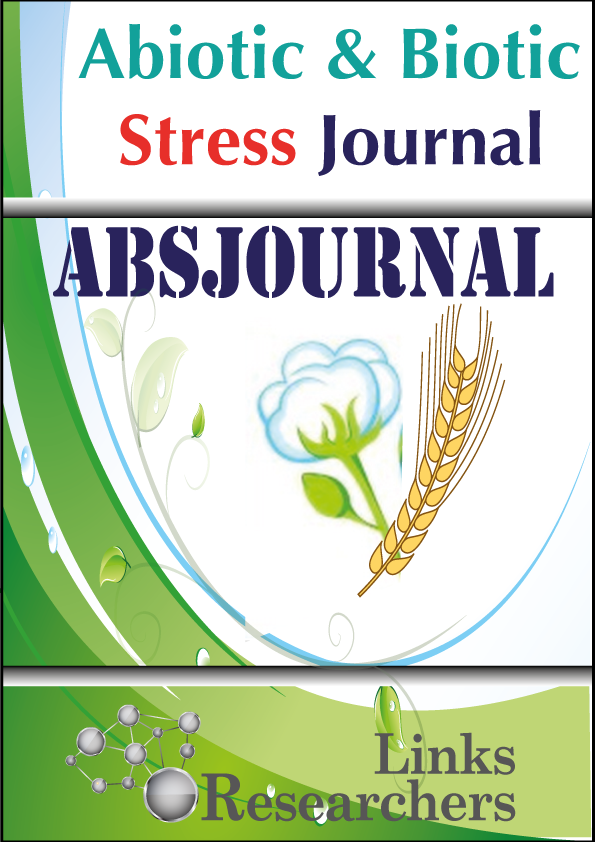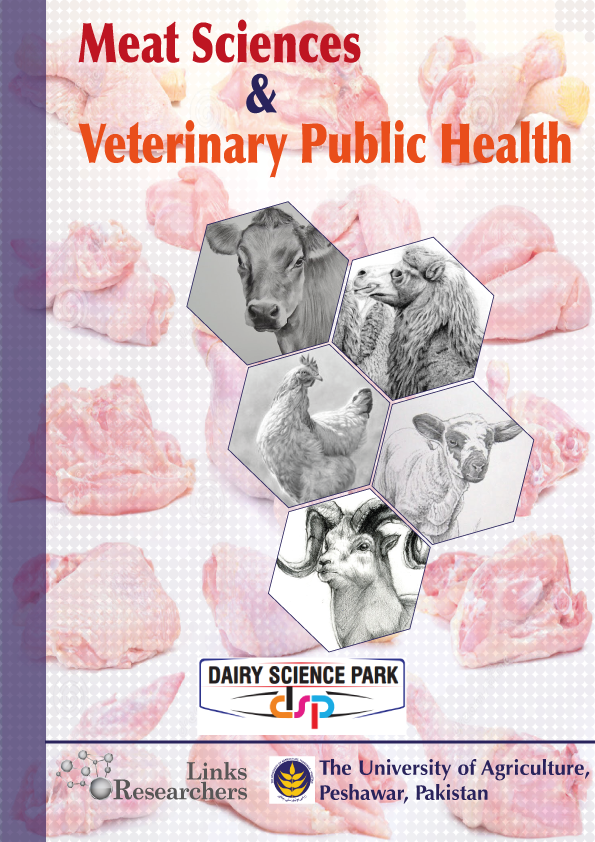Mudasir Irfan Dar*, Fareed Ahmad Khan and Farha Rehman
E-mail | [email protected]
Marryam Bakhtawar1, Qamar Saeed1* and Naeem Iqbal2
Sitansu Pan and Amrita Das
Sitansu Pan, Surojit Khalko and Amrita Das
Wajid Hasan1 and C. P. Singh2
1S. A. Khan and 2S. Jha
S.K. Sahoo
Dipak Mandal, Paramita Bhowmik and M.L. Chatterjee
Manidipa Chowdhury
S. Choudhury and S. Pal
Muhammad Sohail1, Muhammad Nauman-ul-Islam1, Hayazuddin2*, Imtiaz Ali Shah1, Abdur Raziq1, Subhan Ullah3 and Arsalan Ali Shah1
Liaqat Ali Shahid, M. Azhar Saeed and Nadeem Amjad*
Abid Hussain*, Imdad Hussain Mirza and Muhammad Azeem Khan**
Nazakat Nawaz, Malik Shah Nawaz*, Nasir M. Cheema** and Mubashir A. Khan*
Corresponding author:[email protected]
Aniqa Iram*, Javed Khan**, Nadeem Aslam**, Ehsan-ul-Haq**, Habib Iqbal Javed**, Muhammad Irfan*, Awais Rasool*, Muhammad Ishaque Mastoi** and Sumera Aslam*
Muhammad Mudasar Aslam ⃰, Muhammad Jamil**, Ijaz Malook**, Amana Khatoon*, Ali Rehman*, Abdur Rahim***, Pirzada Khan*, Shakir Ullah Khan Shakir*, Shahid Irfan*, Faizan Ullah****, Khair Ul Bashar**, Mahideen Afridi** and Shafiq Ur Rehman*
Talib Hussain Solangi1, Bhai Khan Solangi1*, Muhammad Saleem Sarki2, Muhammad Akbar Lashari1, Mubeena Pathan3, Velo Suthar4, Barkatullah Qureshi4, Mitha Khan6, Razzak Amin Shah5 and Aeman Afzal6
Arshad Ali Essani1, Bhai Khan Solangi1, Muhammad Ilyas Abro2, Sultan Ahmed3, Karim Bakhsh Sial3, Muhammad Saleem4, Ali Asghar Gola5, Ghulam Ali6, Moula Dad6, Mujeeb ur Rehman6, Habibullah Kakar6 and Mitha Khan6*
Muhammad Nauman1, Iftikhar Ali3, Nazir Ahmad1,2*, Fazli Ahad1 and Touheed Iqbal4
Arshad Ali Lashari1, Shakal Khan Korai1*, Imtiaz Ahmed Nizamani1, Khalid Hussain Qureshi1, Abdul Mubeen Lodhi1, Amir Khan Korai1 and Punhoon Khan Korai2*
Noor Muhammad* and Shah Alam Khan
Zahid Iqbal*, Farhat Ullah Khan and Jalal-ud-Din
Noor Muhammad* and Shah Alam Khan
Misbah ud Din1, Shah Alam Khan1, Said Hussain Shah1,2* and Najeeb Ullah3
Misbah ud Din1, Shah Alam Khan1, Said Hussain Shah1,2* and Najeeb Ullah3
Agha Mushtaque Ahmed1*, Fahad Nazir Khoso1, Ali Zachi Abdulqader Alhilfi2, Sohail Ahmed Otho1, Qurban Ali3, Din Muhammad Soomro1 and Zubair Ahmed Soomro1
Idrees Ahmad1, Muhammad Jamil2*, Hafiz Muhammad Zia Ullah1, Saira Saleem1, Syed Ahtisham Masood3, Umair Faheem4, Imran Akhtar5, Muhammad Abdullah6, Abdul Majid Khan5 and Naeem Iqbal7
Amber Khalid1*, Amjad Rashid Kayani1, Muhammad Sajid Nadeem1, Muhammad Mushtaq1, Mirza Azhar Beg1 and Surrya Khanam2
Naeem Tariq Narejo1*, Muhammad Hanif Chandio2, Faheem Saddar3, Majida Parveen Narejo4, Bushra Ainy Dars5, Hafeez ur Rehman Narejo6, Athar Mustafa Laghari2, Shafiq ur Rehman Shaikh3, Shahnaz Rashid7 and Ghulam Abbas7
Ashfaq Hussain1, Javed Khan2, Ammara Blouch3, Ahmad-Ur-Rahman Saljoqi1, Ashraf Khan4,5* and Zaheer Sikandar6
Gulshan Riaz1, Zaheer-ud-din Khan1, Muhammad Umer Farooq Awan1, Andleeb Anwar Sardar1, Muhammad Tayyab1, Sarah Maryam Malik and Sohaib Muhammad1










